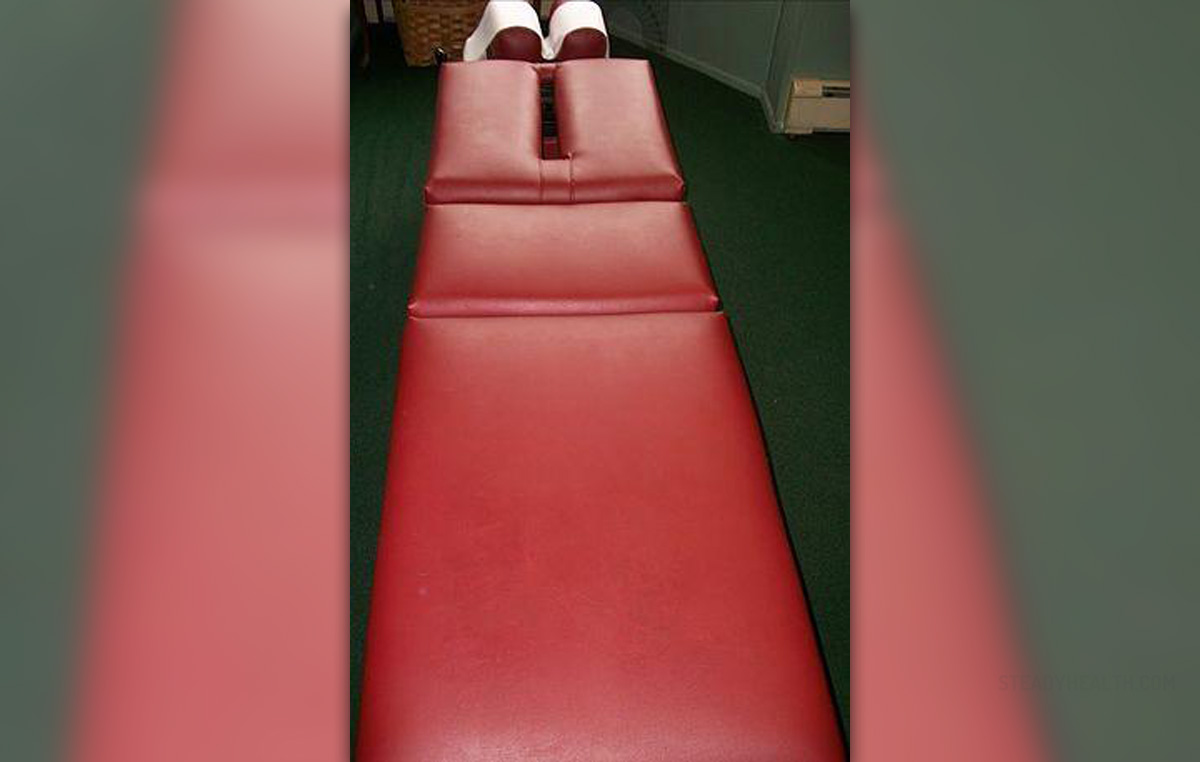
Reflex sympathetic dystrophy syndrome is a complex medical condition characterized by chronic pain affecting different parts of the body, predominantly upper or lower limbs. The affected area is tender, may be swollen while the skin may show signs of discoloration and flushing, be warm or cool.
Reflex Sympathetic Dystrophy Syndrome
Unfortunately, scientists have not managed to explain why this complex disease develops in the first place. This is the reason why available treatments cannot provide with permanent cure but only bring symptoms under control or at least reduce their intensity. Still, one theory says that this medical issue may occur due to irritation or abnormal excitation of neurons and subsequent abnormalities affecting transfer of impulses along the nerves that innervate the skin and blood vessels. Several trigger factors that are confirmed to precipitate reflex sympathetic dystrophy syndrome include trauma, surgery, heart diseases and degenerative arthritis of the neck. Furthermore, the condition may be associated with stroke or other brain diseases, nerve entrapment of different kind, shoulder issues, breast cancer and intake of certain medications such as barbiturates and antituberculotics. One-third of all patients have no underlying condition and do not take drugs of any kind so their condition is considered idiopathic.
The onset of the condition may be either gradual or rapid. As for symptoms these patients typically have to deal with they generally affect both sides of the body. The disease may progress through several stages. Acute form of the disease is characterized by burning sensation of the affected area and flushing, blanching and sweating of the skin. Swelling and pain occur as well. This stage lasts approximately 3-6 months and if X-ray is performed, it may reveal bone thinning. In patients with dystrophic stage of the disease the skin becomes shiny and thickened. There may additionally be contractures with excruciating and relenting pain. Swelling and flushing, on the other hand, subside. And finally, in atrophic form of the disease the affected part of the arm or leg loses its function and cannot move any more due to contractures and thinning of subcutaneous fatty tissue. Also, X-ray confirms the progression of bone thinning and the onset or already advanced osteoporosis.
The diagnosis is set thanks to symptoms and signs. Blood testing does not show any abnormalities. Additional help is obtained from X-ray exam of bony tissues.
Treatment Methods for Reflex Sympathetic Dystrophy Syndrome (RSDS)
The progression of the disease varies a lot and the course of reflex sympathetic dystrophy syndrome is highly unpredictable. There are a few controlled treatment trials that might eventually provide patients with better control over the symptoms or decelerate progression of tissue damage. Treatment is supposed to start as soon as possible. This way permanent lost of certain functions is successfully avoided. The effects of available treatment options are not satisfying once the chronic fibrotic stage takes place.
There are two approaches that are currently recommended to the majority of patients suffering from RSDS, sympathetic blockade and anti-inflammatory therapy. Sympathetic blockade is always performed by a well experienced professional. It includes injection of a local anesthetic directly into the stellate and the upper dorsal sympathetic ganglia. Drugs such as lidocaine, bupivacaine alone or together with epinephrine are efficient enough in blocking abnormal transmission of electrical impulses from the affected extremity. Further, sympatholytic drugs are prescribed in early stages of the disease. Later they can be combined with the aforementioned sympathetic block. Anti-inflammatory medications (e.g. corticosteroids and NSAIDs) are efficient against pain. Corticosteroids may additionally reduce swelling and stiffness. Calcitonin is another medication that does not belong to the group of anti-inflammatory drugs but may significantly reduce pain and bring inflammatory changes under control.
More aggressive treatment approach includes surgery. Patients may undergo two types of sympathectomy. The procedure is indicated in individuals in whom there is no improvement in spite of conservative approach and patients with a relapse of the disease. Surgery of this type is highly efficient against pain and may even improve range of motion, boost circulation and strengthen the affected limbs to certain extent. Chemical sympathectomy and spinal cord stimulation are two additional surgical procedures that are not routinely performed because of certain shortcomings. For instance, chemical sympathectomy is connected with hoarseness due to injury to the recurrent laryngeal nerve, lung injury or Horner syndrome.
Finally, remaining active is a must. Activity per se plays a significant role in managing reflex sympathetic dystrophy syndrome. This is achieved with physical and occupational therapies. Patients do participate in an exercise program which is supposed to be adjusted to their range of motion. Initially, the approach to exercises is passive and eventually it becomes active. What is more, massage may improve circulation and allow patients to have wider range of motion. All patients undergo regular check-ups, are educated how to behave and accept their disease and are provided with lots of encouragement to maintain an exercise regime. By following doctor's order, most people suffering from reflex sympathetic dystrophy syndrome may gain control over their disease and prevent rapid progression of the symptoms.


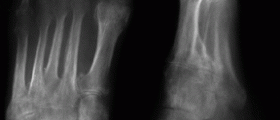
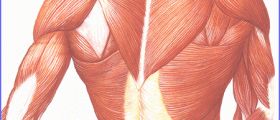

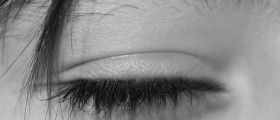
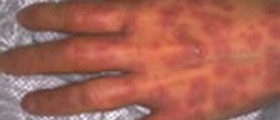







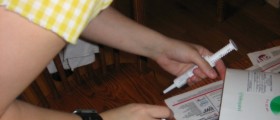

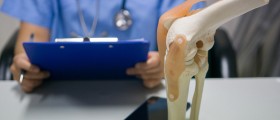
Your thoughts on this
Loading...